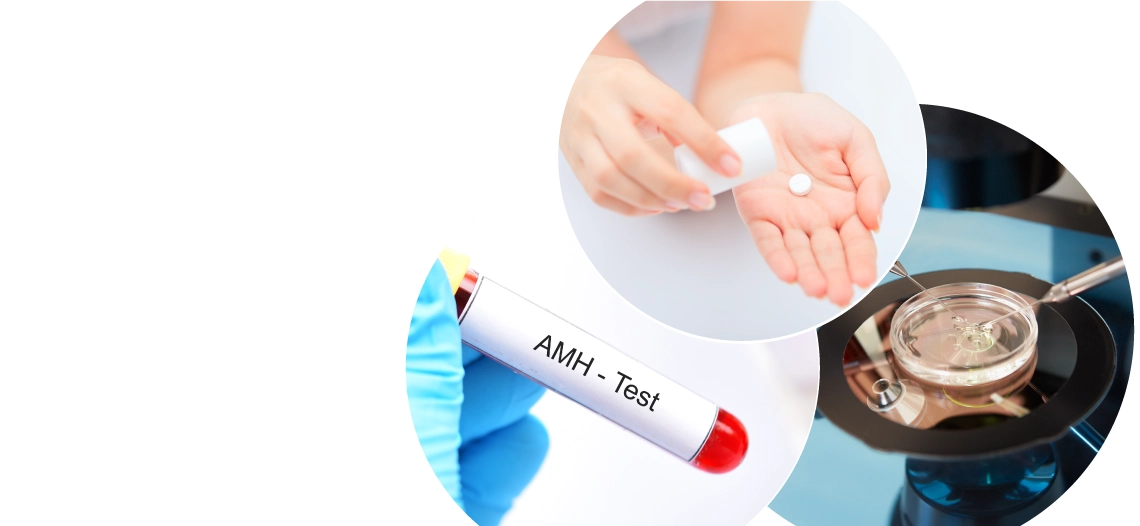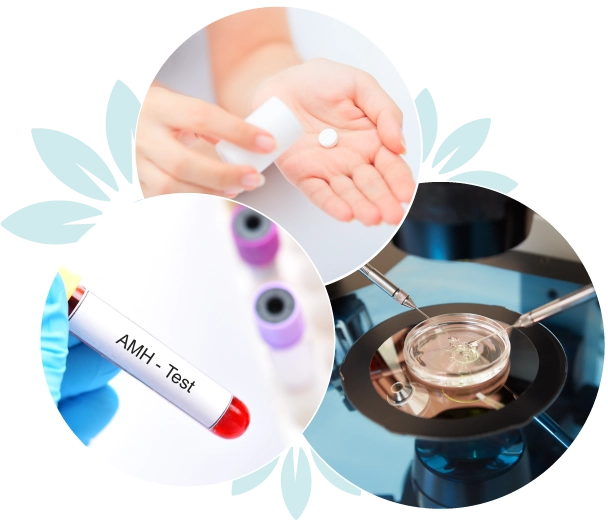OVARIAN REJUVENATION TREATMENT IN LOS ANGELES


Tree of Life Center continuously seeks to improve pregnancy success rates in patients affected by the low ovarian reserve. While ovarian aging is a natural process and an unavoidable process for every maturing female patient, it represents a serious challenge for most fertility treatments. We still encounter many patients seeking fertility treatments late in their reproductive life and some are surprised to find that they are already in peri-menopause. While the ideal solution is to preserve eggs early in life, we understand that many of our patients did not utilize egg freezing as an option.
What is diminished ovarian reserve
Women with diminished ovarian reserve have an impaired response to follicle-stimulating hormone and show a low response during ovarian stimulation. The ovary has difficulty maturing follicles and a result is a low number of eggs during fertility therapy. Anti-Mullerian Hormone (AMH) is a great marker of the remaining egg reserve in the ovary. While the egg quality might not directly relate to the AMH levels, it is also affected by age. Follicle-stimulating hormone (FSH) is another marker, however high FSH levels are a dire sign of peri-menopause. Menopausal women might have FSH levels close to 100 mIU/mL. Given that the eggs wait tucked away for many years, the quality deteriorates over time. These eggs, while still capable of producing embryos, results in embryos that do not cleave well and show chromosomal anomalies.
How ovarian rejuvenation works
Ovarian rejuvenation is an autologous process, meaning that we can use a women's own blood to extract platelet-rich plasma (PRP) inject it back into the ovary. The preparation of PRP is similar to its uses in other tissues, but the injection into the ovary is a delicate process. A small blood sample is obtained and placed into a centrifuge using a special separation device. The platelets are concentrated and activated within the separation tube. An ultrasound-guided thin needle is introduced through the vagina into the ovary. This process is similar to introducing the needle as part of the IVF procedure and as fertility specialists, we are very familiar with this procedure. There is no need for general anesthesia and most patients tolerate this well under local anesthesia and can observe the whole process of ovarian PRP injection while being awake.


